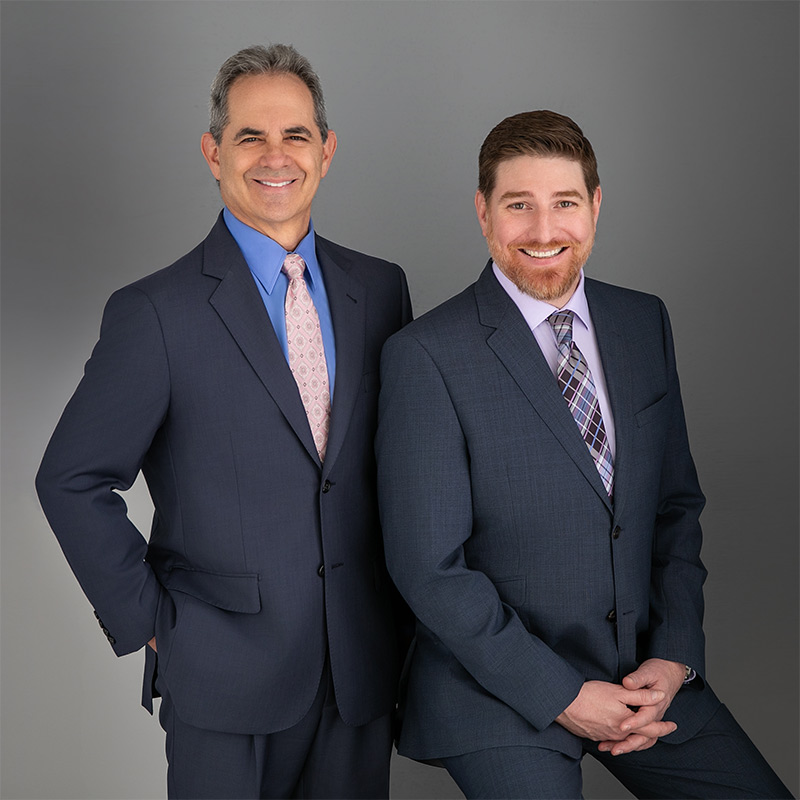In the auto industry, it is expensive for each auto manufacturer to design and build every component for their vehicles. As a result, they go to automotive suppliers who build OEM parts that are bought by many different auto manufacturers. The gas pedal assembly at the center of Toyota’s stop sale and recall are one of these OEM parts. It was designed and built by a company called the CTS Corporation. They are a leading designer and manufacturer of electronic components and sensors and a provider of electronics manufacturing services in the automotive, communications, medical, defense, aerospace, industrial and computer markets. CTS manufactures products in North America, Europe and Asia. They also sell assemblies to Honda, Ford, GM and Chrysler.
Honda spokeswoman, Christina Ra reassured their customers by saying, “We use the same supplier for a small number of vehicles sold in the U.S. We do not use the same components as are involved in our competitor’s recall. We directly confirmed with CTS that it is not the same component.”
Ford, also a CTS pedal customer, has halted production in China of its Transit Classic diesel van, which is the only Ford product to use a CTS pedal assembly. The van is sold only in China. “Ford has its own unique design and engineering for its accelerator pedals globally,” Said Deep, a Ford spokesman. “In a review, we determined that none of our other vehicles worldwide use the CTS pedal.” ” 1,663 Transit Classic vans with the CTS pedal had been produced, and the company was investigating how many had reached customers. “We are constantly monitoring performance, and we have not seen any design issue related to unintended acceleration in Ford vehicles,” Mr. Deep said.
Alan Adler, a spokesman for G.M., said that the automaker has “no direct contractual supplier relationship” with CTS, though he said the company could be supplying components through other suppliers.
Chrysler said the pedals CTS makes for the company are different from Toyota’s. “Accelerator pedals produced by CTS Automotive for Chrysler Group LLC vehicles are a different specification and design and are manufactured using different production tooling and materials than the pedals produced for Toyota,”
You can CLICK HERE to view CTS Corporations press release of the Toyota accelerator pedal recall.






